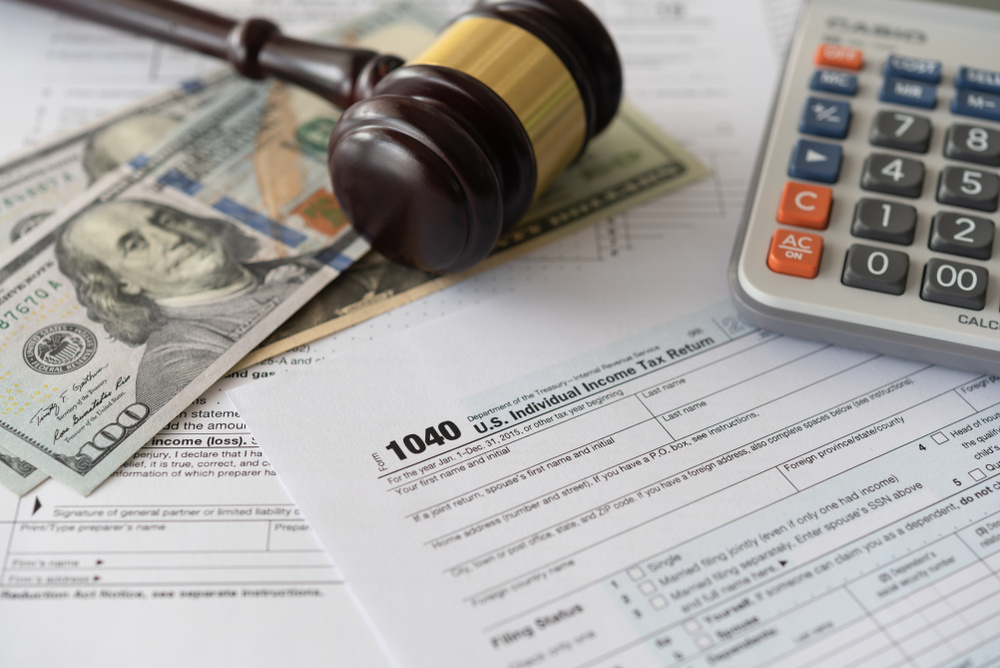2 min read
The tax deduction ins and outs of donating artwork to charity
If you’re charitably inclined and you collect art, appreciated artwork can make one of the best charitable gifts from a tax perspective. In general,...
How long will you take to collect the outstanding receivables that are reported on your balance sheet? Many companies take weeks or even months to collect invoices from customers. Fortunately, there are ways to convert them into cash now.
Line of credit
A line of credit can help bridge the “cash gap” between performing work for customers and getting paid. Your credit line can be collateralized by unpaid invoices, just like you pledge equipment and property for conventional term loans. Banks typically charge fees and interest for securitized receivables.
Each financial institution sets its own rates and conditions, but these arrangements generally provide immediate loans for up to 90% of the value of an outstanding debt and are typically repaid as customers pay their bills.
For example, an HVAC contractor had difficulty making payroll after two of its large clients waited 75 days to pay outstanding invoices. A local bank gave the contractor a line of credit for $180,000. To secure the loan, the contractor was required to put up $200,000 in unpaid invoices as collateral and then repay the loan, plus fees and interest, once customers remitted payments.
Factoring
Factoring is another option for companies that want to monetize their unpaid — but not yet delinquent — receivables. Here, receivables are sold to a third party factoring company for immediate cash.
Costs associated with receivables factoring can be much higher than those for collateral-based loans. And factoring companies are likely to scrutinize the creditworthiness of your customers. But selling receivables for upfront cash may be advantageous, especially for smaller businesses, because it reduces the burden on accounting staff and saves time.
For instance, a small tool-and-die shop faced cash flow issues because customers routinely paid their bills between 60 and 90 days after issuance. As a result, the owner used a high-interest-rate credit card to make payroll and spent at least three days a month chasing down late bills. So, the owner sold off roughly $200,000 of its annual receivables to an online factoring firm. This saved the shop hundreds of personnel hours annually and allowed it to stop building up high-rate credit card interest expenses, while considerably easing cash flow concerns.
Other creative solutions
Before monetizing receivables, banks and factoring companies will ask for a receivables aging schedule — and most won’t touch any receivable that’s over 90 days outstanding. What are your options for the stalest of receivables?
Before you write them off, call the customer and ask what’s going on. Sometimes you might be able to negotiate a lower amount — which might be better than nothing if your customer is facing bankruptcy. If all else fails, you might consider a commission-based collection agency. Or call us at 1-866-287-9604 to discuss your delinquent accounts receivable. We’ve helped many clients devise creative solutions to convert receivables into fast cash.
© 2017
2 min read
If you’re charitably inclined and you collect art, appreciated artwork can make one of the best charitable gifts from a tax perspective. In general,...
1 min read
Need cash in a hurry? Here’s how business owners can look to their financial statements to improve cash flow. Receivables Many businesses turn...

Businesses with one or more employees are required to withhold and remit taxes. Depending on the filing status of the employer, the returns are...